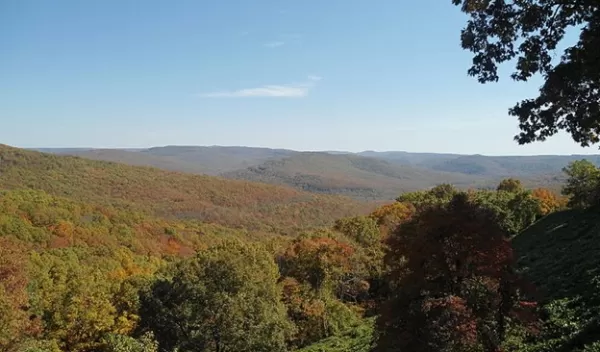
Spatial aspects of biodiversity important for healthy forests
Biologists at Washington University in St. Louis have determined that tree beta diversity -- a measure of site-to-site variation in the composition of species in an area -- matters more for ecosystem functioning than other components of biodiversity at larger scales.
The research also shows that the relationship between beta diversity and tree biomass strengthens with increasing spatial scale, or the size of an area, a finding that has implications for conservation planning. The study was published in the journal Ecology.
The U.S. National Science Foundation-supported research was conducted by Jacqueline Reu, Christopher Catano and Jonathan Myers of Washington University.
The data were collected as part of a large-scale forest ecology project. More than 60 undergraduate students, high school students and research technicians surveyed more than 30,000 trees for the project.
"A lot of studies have focused only on small scales when they look at biodiversity and ecosystem functioning,"” said Reu, first author of the study. "Our study is one of the first that looks at multiple different measures of biodiversity, as well as direct and indirect effects of the environment on ecosystem functioning as you increase scale in a natural system.
"Our results back the theory that beta diversity, or the variation in species composition across space, is the best biodiversity measure at larger scales," she said. "It's stronger than the other diversity measures we considered, like local and regional diversity. And its importance increases as you increase spatial scale."
The researchers identified 14 landscapes of oak-hickory forest, each of which contained at least three major habitat types often found in Ozarks forests, including west- or south-facing slopes that tend to be sunnier, drier and nutrient poor; valleys and bottom lands, which are often shady, nutrient rich and have small streams running through them; and east- and north-facing slopes, which tend to be the most productive in terms of tree cover.


